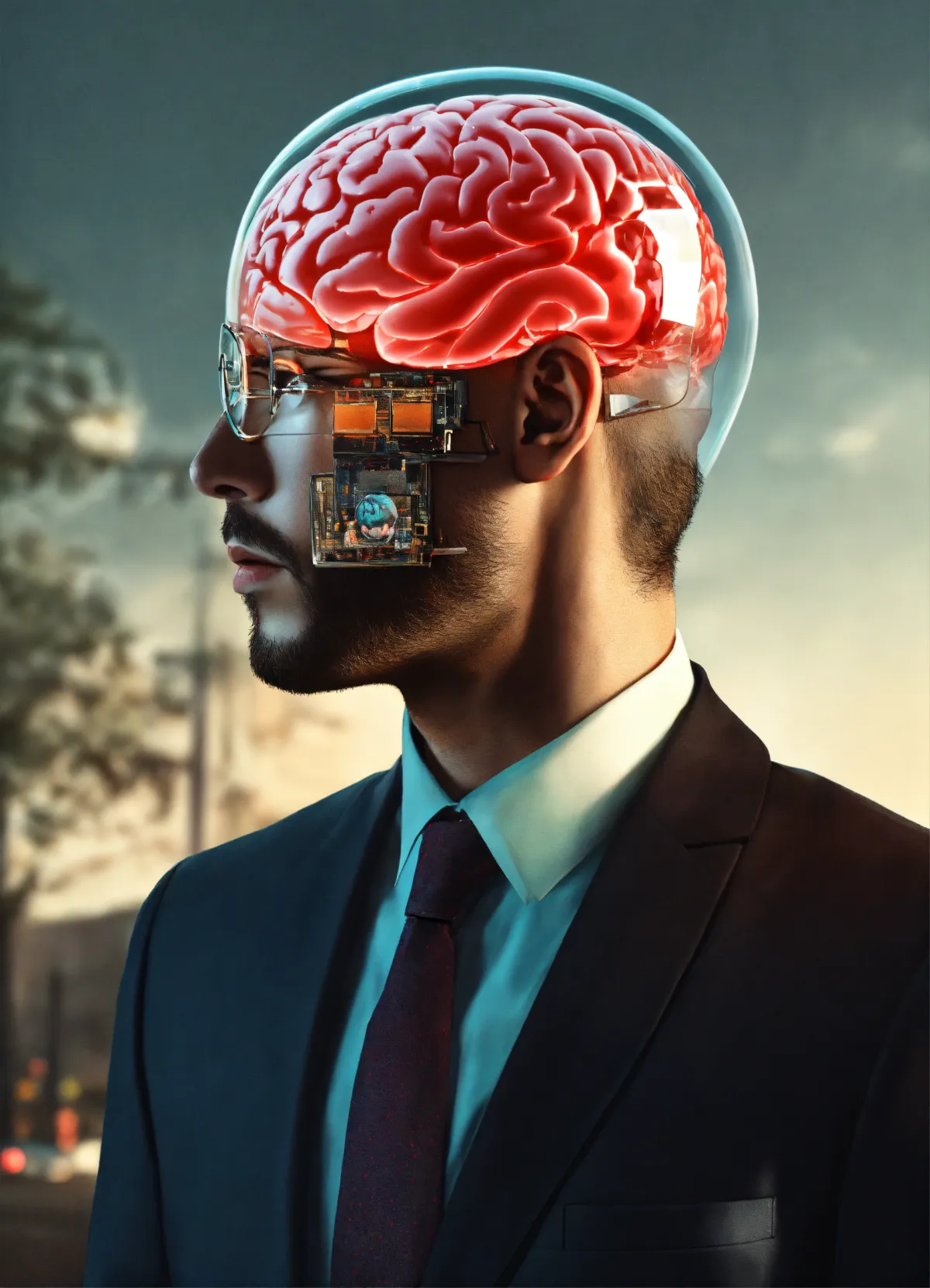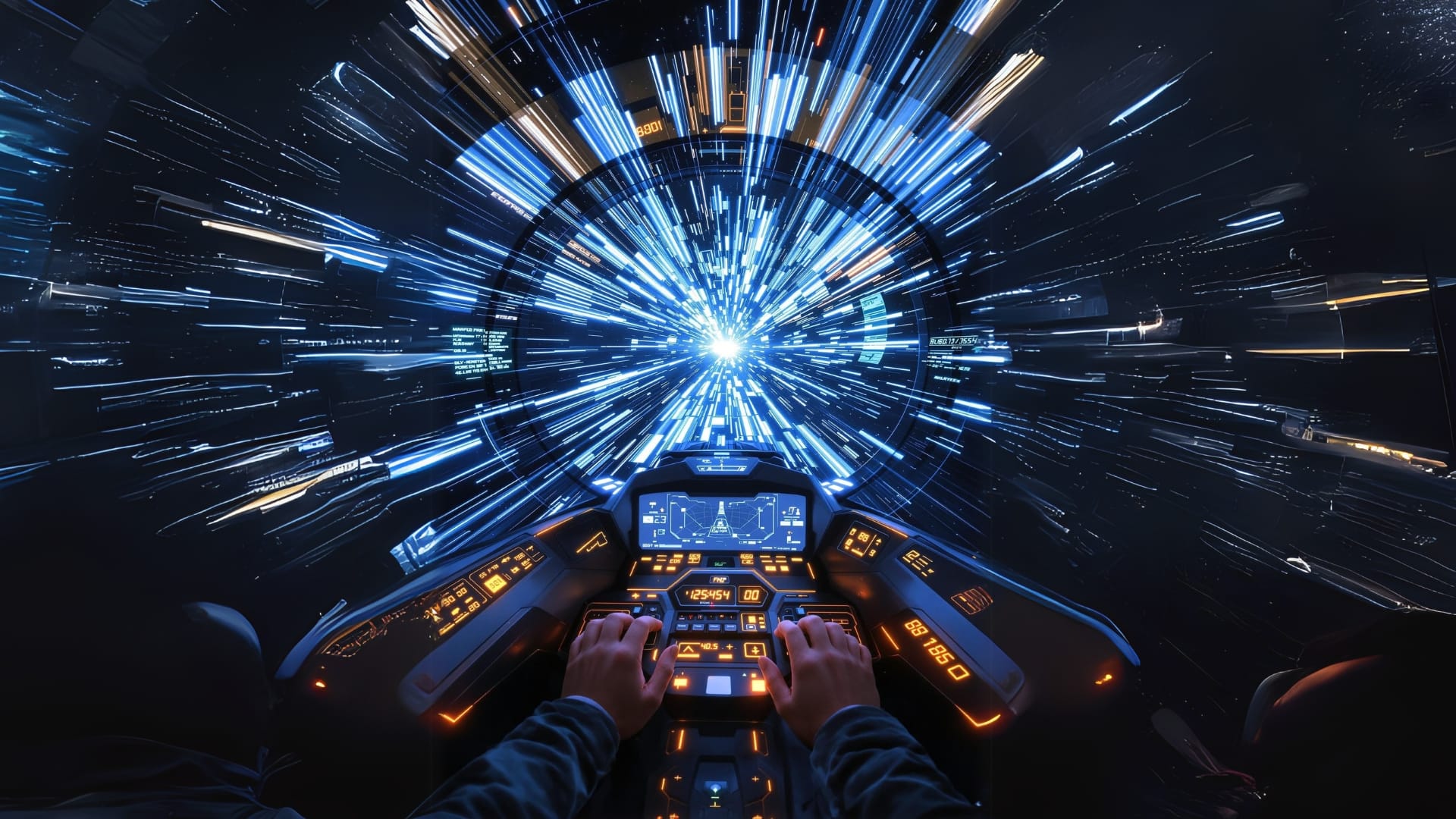The Science of Mind-Reading: Understanding Neural Interfaces
Discover the science of mind-reading and neural interfaces with Srinidhi Ranganathan, a pioneer in futuristic technology.

As a digital marketing legend and technology visionary, I've spent years unraveling the complexities of futuristic technologies that promise to redefine our world. Among the most captivating realms of innovation is the science of mind-reading through neural interfaces—a field that merges neuroscience, artificial intelligence, and cutting-edge technology. Today, I invite you on a journey to explore how these neural interfaces work, their potential implications, and why this technology is poised to revolutionize the way we interact with the world.
The Intriguing Concept of Neural Interfaces
Imagine a world where your thoughts could be directly translated into digital commands or where communication could transcend the boundaries of spoken language. Neural interfaces make this science fiction scenario a reality. At their core, these interfaces are designed to decode brain activity into actionable data, creating a direct link between our neural processes and external devices.
Neural interfaces operate by detecting and interpreting the electrical signals produced by the brain. These signals are then translated into commands that can control devices, interact with virtual environments, or even communicate with other people. This process involves sophisticated algorithms and advanced machine learning techniques that analyze neural patterns and convert them into understandable information.
Understanding the Technology Behind Mind-Reading
To appreciate the marvel of neural interfaces, it's essential to delve into the technology that powers them. The most common neural interfaces use electrodes placed on the scalp or implanted in the brain to record electrical activity. These electrodes capture the brain's electrical signals, which are then analyzed by algorithms to decode the user's intentions or thoughts.
The challenge lies in accurately interpreting these signals. The brain's activity is highly complex and variable, making it difficult to distinguish between different thoughts or intentions. Advanced signal processing techniques and artificial intelligence algorithms play a crucial role in deciphering these intricate patterns. As these technologies evolve, they become more adept at understanding and responding to the nuances of human thought.
Applications and Implications of Neural Interfaces
The potential applications of neural interfaces are vast and transformative. In the medical field, they offer promising solutions for individuals with disabilities, enabling them to control prosthetic limbs or communicate using only their thoughts. In the realm of virtual reality, neural interfaces could create immersive experiences where users can interact with digital environments using their minds alone.
However, the rise of mind-reading technology also raises important ethical and privacy concerns. The ability to access and interpret someone's thoughts poses significant challenges in terms of consent, data security, and personal privacy. As we advance in this field, it is crucial to address these issues and develop guidelines to ensure that neural interfaces are used responsibly and ethically.
The Future of Mind-Reading Technology
As the creator and prodigy behind SUN-INTELLIGENCE 3.0—a system that integrates millions of AI, AGI, ANI, and virtual robots into a single interface—I am deeply invested in advancing this technology. My vision is to pave the way for a future where neural interfaces play a central role in our daily lives, transforming how we interact with technology and each other.
The journey to bringing this technology to life involves continuous research, development, and collaboration with experts across various fields. By pushing the boundaries of what's possible, we are not only exploring new frontiers but also shaping the future of human-computer interaction.
Embracing the Future
The science of mind-reading and neural interfaces is an exciting frontier that promises to redefine our relationship with technology. As we continue to explore and develop these technologies, we unlock new possibilities for communication, control, and interaction. The potential impact of neural interfaces on our lives is immense, and we are only beginning to scratch the surface of what is achievable.
If you are intrigued by the possibilities of neural interfaces and want to delve deeper into this fascinating field, consider exploring a one-on-one mentorship with me, Srinidhi Ranganathan. Click the link below to book a session and join me on this incredible journey towards shaping the future of technology.
Book your one-on-one mentorship with Srinidhi Ranganathan
Let’s unlock the future together.




